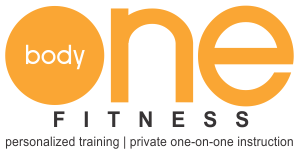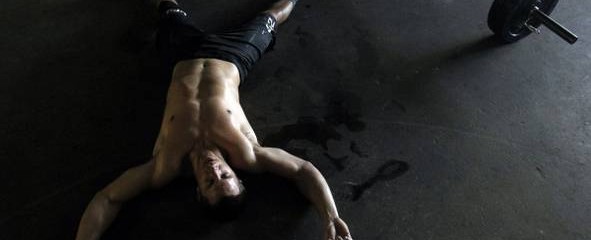You can only build muscle tissue if you can generate progressively stronger muscular contractions, so this calls for an emphasis on finding ways to increase exercise intensity. This should not be confused with exercise duration as maximum training intensity will actually shorten the time needed to achieve maximal muscular growth.
In an earlier article I outlined the ways in which you can intensify your training. Here we’ll focus on the role that pre-exhaustion has to play in intensifying the training effect.
When an exercise employs two or more muscles it will be impossible to achieve failure for the primary muscle as the weakest muscle will give out first. This is perhaps best explained by giving an example. When targeting the chest, most exercises involve use of the triceps which is a relatively small and weak muscle. When performing the incline bench press for example, the triceps will fail before the pectorals have the opportunity to work to failure thus limiting the value of the exercise.
How do you get around this? By first performing an exercise that isolates and tires the pectorals before immediately moving on to the main exercise. For maximum benefits there should be no rest between the pre-exhaust exercise and the main compound exercise.
Beginners don’t need to worry about pre-exhaust routines but when they advance to intermediate level they can be introduced once a week for each body part.
Examples of pre-exhaust routines commonly performed by bodybuilders are listed below:
Biceps – barbell curls and close-grip, palms-up pulldowns.
Triceps – pressdowns and dips.
Pectorals – flyes and bench presses.
Lats – dumbbell pullovers and barbell rows.
Deltoids – dumbbell laterals and presses behind neck.
Traps – shrugs and upright rows.
Thighs – leg extensions and squats.


